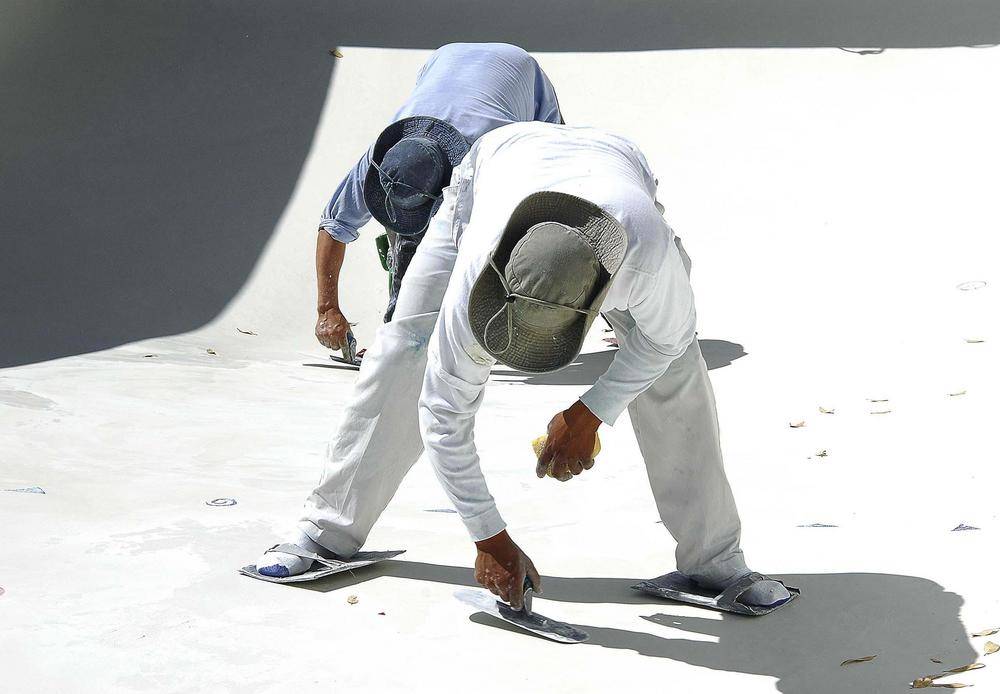I’ve been reading a lot about containing ph by lowering total alkalinity which should lower the ph ceiling (an upper limit on how high ph can rise). So that I don’t have to add acid as often.
You can read more about it here if you are unfamiliar. Containing pH vs. Controlling pH in a Pool
My question for the board is… I recently discovered my fill water has an alkalinity of 140. If I wanted to maintain an alkalinity of 60-70 is this basically impossible due to the fill water? Are there any other solutions to keep alkalinity low with this type of fill water?
Or am I stuck adding large amounts of acid because the high alkalinity fill water will constantly drive total alkalinity up which will always make large amounts of acid necessary?
You can read more about it here if you are unfamiliar. Containing pH vs. Controlling pH in a Pool
My question for the board is… I recently discovered my fill water has an alkalinity of 140. If I wanted to maintain an alkalinity of 60-70 is this basically impossible due to the fill water? Are there any other solutions to keep alkalinity low with this type of fill water?
Or am I stuck adding large amounts of acid because the high alkalinity fill water will constantly drive total alkalinity up which will always make large amounts of acid necessary?




